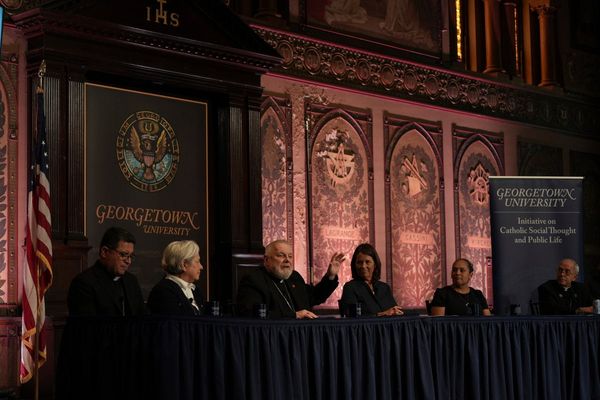

Kart Racing is a genre of video games primarily dominated by Nintendo and its Mario Kart series. But that wasn’t always the case. There are a lot of great arcade racing games out there, so a lot of developers try to imitate big franchises like Mario Kart and Need for Speed. Then some games just dare to be different. Blur is one of those games.
Released in 2010, over 15 years ago, this game took the arcade racing scene by storm. It took a lot of inspiration from games like Mario Kart, Burnout 3: Takedown, and even Need for Speed: Hot Pursuit, but it ultimately carved its own identity by offering something completely new: licensed cars with power-ups you only see in cartoonish kart racers. Here’s a look back at the inventive game and why most people don’t talk about it as much anymore.
Real Cars, Real Chaos

In Blur, your garage is filled with real cars that you can actually aspire to own. That might not seem like a very big deal, as licensed cars are common in almost every big-name racing game out there. However, it’s very hard to get licensing for cars when the core of your games involves strapping weapons to them and letting players blow each other up. Car manufacturers are naturally protective of their brand image, so it was surprising that the developers got away with this.
Speaking of the weapons, yes, you can strap what is essentially an EMP explosion to a Ford Mustang. Shunt is your primary power-up that allows you to fire a red energy ball to hunt down opponents in front. Barge is that EMP explosion I talked about earlier. Then you have the classic Nitro for boost, and defensive traps like mines.
What makes this chaos work so well is the game’s near-perfect handling. Driving was never as punishing as a simulator, but it has a satisfying weight to it and does require some real skill. You need to master long, controllable powerslides to speed through corners, and this was a very fun mechanic even without the weapons. The handling was skillful, but also accessible. It’s the foundation that holds everything together.
Hardcore And Casual Appeal

Apart from the highly unique premise and mechanics, Blur’s even more ambitious goal was to appeal to both casual party racers and more dedicated, hardcore racing fans. Surprisingly, it gets very close to succeeding at that. The game was a perfect weekend centerpiece for casuals, as you can load up the split-screen feature with your friends and try to destroy each other in good old couch gaming. Its sheer unpredictability and on-track combat were enough to win over a lot of gamers at the time.
For the hardcore player, there was a deep and rewarding experience in both the multiplayer and single-player modes. The single-player campaign features challenges called “Fan Demands”, tough boss races, and a complex progression system. On the other hand, online multiplayer featured a deep leveling system and unlockable perks to keep you hooked for hours. Surprisingly, the skill ceiling was incredibly high, asking you to master drifting and understand the strategic nuances of all the power-ups.
Weak Sales Figures

Despite massive innovations and critical acclaim, Blur wasn’t exactly the biggest success. Total copies sold don’t even round up close to a million, which is surprising for a great game that was published by a big developer like Activision. After disappointing sales figures, the studio behind the game, Bizarre Creations, was shut down in 2011.
One of the reasons behind its commercial failure was that it was a great game released at the wrong time. Its most direct rival was Black Box’s Split/Second game, another concept racer that focuses on triggering massive, track-altering explosions. The game had a flashy cinematic hook and was easy to market. Ironically, this game wasn’t exactly a massive success either, but it was good enough that both Blur and Split/Second cannibalized each other’s sales.
On top of that, Sony just launched ModNation Racers for the PS3 a week before Blur. This was another direct shot at Mario Kart with a game that featured deep kart and character customization as its hook. Then you have the elephant in the room, Mario Kart Wii. It was such a global phenomenon at the time that it was the default choice for anyone looking for a party racer.
Blur Was Too Ambitious For Its Time
Ultimately, Blur is a great game, and one that you should certainly revisit if you can find a way to play it today. The reason it failed to connect to a mass audience mainly comes down to the broader perception around racing games at the time. In 2010, the genre was going in very specific directions. You had the hyper-realistic simulators like Forza Motorsport 3 and Gran Turismo 5, and arcade racers were being dominated by sprawling open worlds as seen in Burnout Paradise. Blur was neither.
The developers executed their ambitions perfectly, but it’s just not what the broader audience was looking for at the time. It was never going to compete in sales figures with names like Forza, Burnout, and Gran Turismo. The game has a lot of soul, but it was a focused-track-based racer released in an era of racing games where the open-world exploration and realism were more important. It’s a sad end to a great game.







